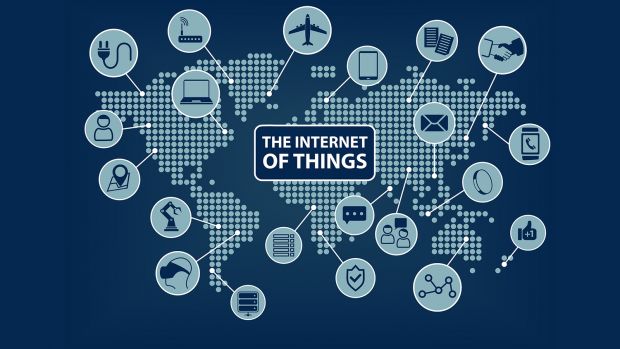Reach International Markets, Speak Several Languages and more..
We want to share with you why we think using TelecomsXChange + RestcommCloud will help you to scale IoT devices sales internationally, Reduce SMS costs and provide better customer experience .
So lets start
The number of mobile phone users in the world is expected to pass the five billion (5 Billion) mark by 2019. In 2016, an estimated 62.9 percent of the population worldwide already owned a mobile phone. The mobile phone penetration is forecasted to continue to grow, rounding up to 67 percent by 2019
We got inspired by the great blog post by Desi Hincheva How to setup from scratch an IoT device under $100 that sends SMS to users in this blog post and after reading the article you will be able to build your own IoT device and program it to communicate intelligently with humans.
SMS is no doubt a great way to notify the users about certain events that happen on IoT devices, however when trying to scale that internationally you instantly start realizing the limitations that comes with using SMS for alerts such as delivery unreliability , character limitations, cost (per submission), active regulations changes.
Avoiding SMS limitations 4 IoT devices:
We recently announced in this blog post How to connect Restcomm Cloud to 300+ carriers via TelecomsXChange to terminate voice traffic at very low cost, which solves the problem for voice being an expensive option for alerts and notifications for developers and service providers.
Voice can costs less than SMS
For some destinations if you do the calculations for SMS you’ll realize that your being charged per submission in most cases which means that if the message was delivered or not to the user you’re still being charged for it, the undelivered OTP (One Time Pin )SMS messages when a user signs up to an app does not only mean lost money, it means lost USER for the developers which is not a good idea after all the hard work, we think affordable voice rates can allow you to overcome this issue and provide a better customer experience especially with the advancement of Voice Signature API which can provide a more secure authentication when executing critical command to remote IoT Devices.
SMS vs. Voice Price Comparision:
Twilio charges $ 0.0075 per SMS submission to USA
TelecomsXChange: $ 0.0034 per 1 full Voice minute to USA
If your notification is only 10 seconds you’re paying only 10th of the 0.0034 rate. (1/1 billing)
This is a quick example if how using Voice Calls as an alternative to SMS could even cost you 50% less or more and what’s more important is better customer experience and happier customers which results to more revenue.
P.S: Voice allows you to dial any number in the world and pay only for successful calls, Failed calls do not get billed and can be rerouted to next carrier for completion automatically.
TelecomsXChange vs Others:
- Billing: Per second not per minute billing. (1/1 not 60/60) e.g if your voice call is for 30 seconds to USA your charged 0.0017 instead of the 0.0034
- Rates: Terminating traffic directly from your IoT device to the carrier by passing any aggregators without markup empowers you with wholesale rates (up to 60% less from Twilio, Nexmo …) and direct carrier connectivity and support.
- IoT Bridge to OTTs: Ability to terminate voice calls to 800 million Viber app subscribers in minutes. Read this blog post to learn how
- Qos/Security: Better quality/security are achieved by design as the media (RTP) flows directly from your device to the carrier RTP Proxy.
- Routing Freedom: The ability to programmatically switch between carriers on the application level. Read about Programmable Routing & LCR
IoT Scalability:
With the combination of Restcomm the best and most used communication stack that lets your IoT device truly communicate even speak in several languages & TelecomsXChange voice carrier connectivity platform you can truly scale your IoT devices to international markets and ensure that important events will reach 5 billion phone subscriber regardless of their location, device used and other limiting factors that effect SMS.
Programmable Routing and LCR will give you all the tools you need to build auto failover scenarios and LCR (least cost routing) for outbound voice right from your application.
Example Use Case:
John Doe receives a phone call alert that he left the building lights on, John is now able to interact with your IoT device in realtime during a phone call by entering digits (e.g Enter 007 to shutdown the building, 007 entered, Building lights go off).
I hope you found this blog post useful, if you have any questions on how to initiate calls from your IoT device to TelecomsXChange using Restcomm API please contact support@telecomsxchange.com .
